In the silent corners of our homes and the hidden spaces of nature, spiders create intricate masterpieces of silk that serve far more purposes than we once understood. While most of us recognize spider webs as ingenious hunting tools, scientists have recently discovered something remarkable: these delicate structures also function as sophisticated hearing devices. Spiders, despite lacking ears in the conventional sense, utilize their webs as extended sensory organs that detect airborne vibrations and sounds. This fascinating adaptation allows these eight-legged architects to perceive their environment in ways previously unimagined, transforming our understanding of arachnid sensory capabilities. The discovery that spiders effectively “hear” through their webs represents one of the most intriguing examples of evolutionary problem-solving in the animal kingdom.
The Sensory World of Spiders
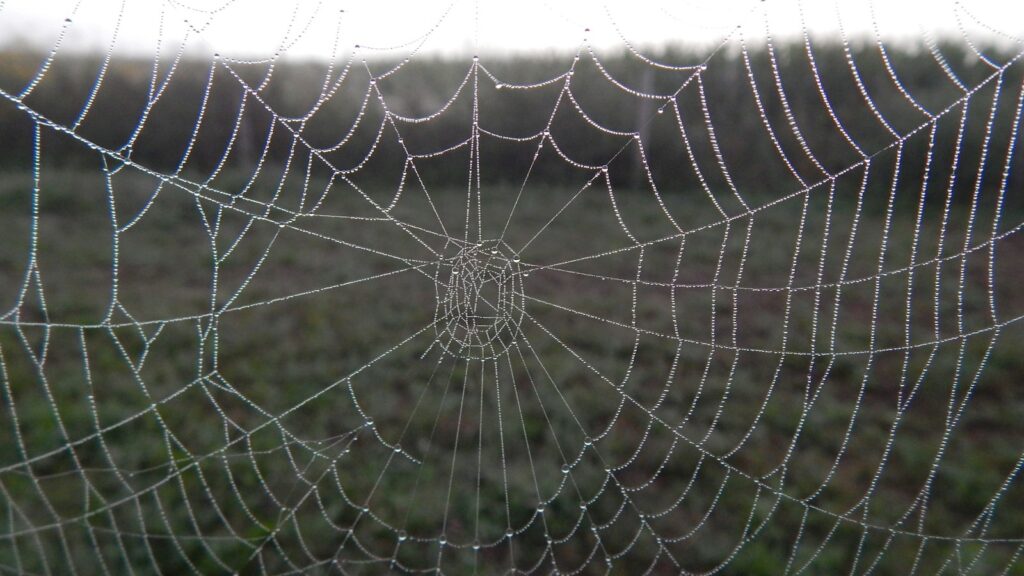
Spiders experience the world primarily through vibrations, possessing specialized organs called slit sensilla distributed across their exoskeleton. These microscopic cracks in their hard outer covering detect mechanical strains and vibrations with extraordinary sensitivity. Unlike humans who rely heavily on dedicated auditory structures, spiders have evolved a distributed sensory system that works in conjunction with their silk productions. Their legs contain thousands of these strain detectors, effectively making their entire body a listening device. This distributed sensing system allows spiders to detect prey movements, potential threats, and even atmospheric changes with remarkable precision. For web-building spiders, this sensory system extends beyond their bodies and into the architectural marvels they construct.
Webs as Extended Sensory Organs
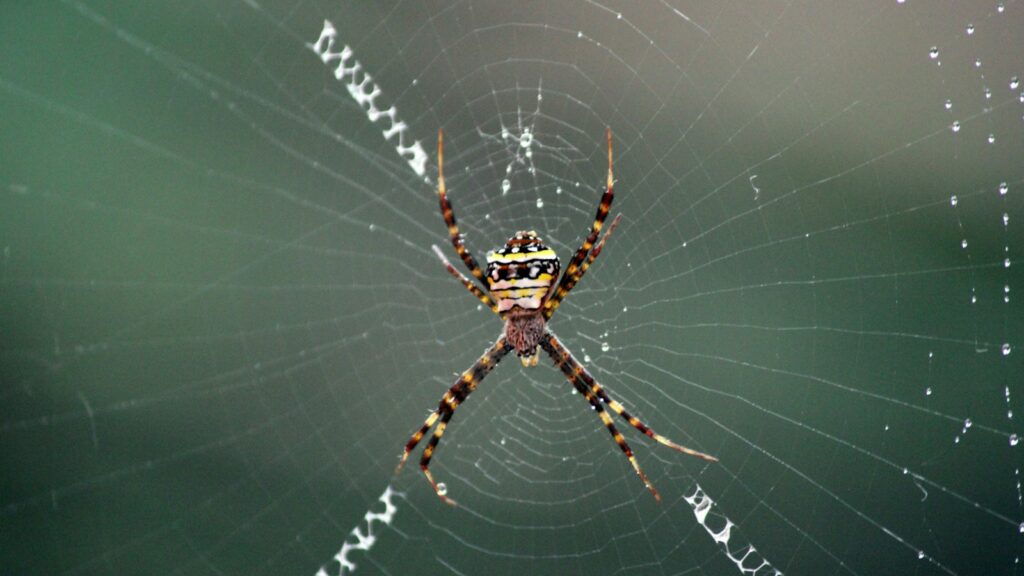
Spider webs function as physical extensions of the spider’s sensory system, dramatically expanding their perceptive reach beyond their own bodies. When air vibrations—including sound waves—encounter the fine silk strands, they cause the web to vibrate in specific patterns that travel along the structure. These vibrations ultimately reach the spider, which perceives them through its legs. Research has shown that a spider’s web can effectively amplify certain frequencies, functioning somewhat like a satellite dish that captures and concentrates signals. This remarkable adaptation means that spiders can detect sounds and vibrations occurring several feet away from their bodies. For creatures of their size, this represents an enormous expansion of their sensory world, giving them awareness of events happening at what would proportionally be hundreds of meters away for a human.
The Physics of Web Acoustics
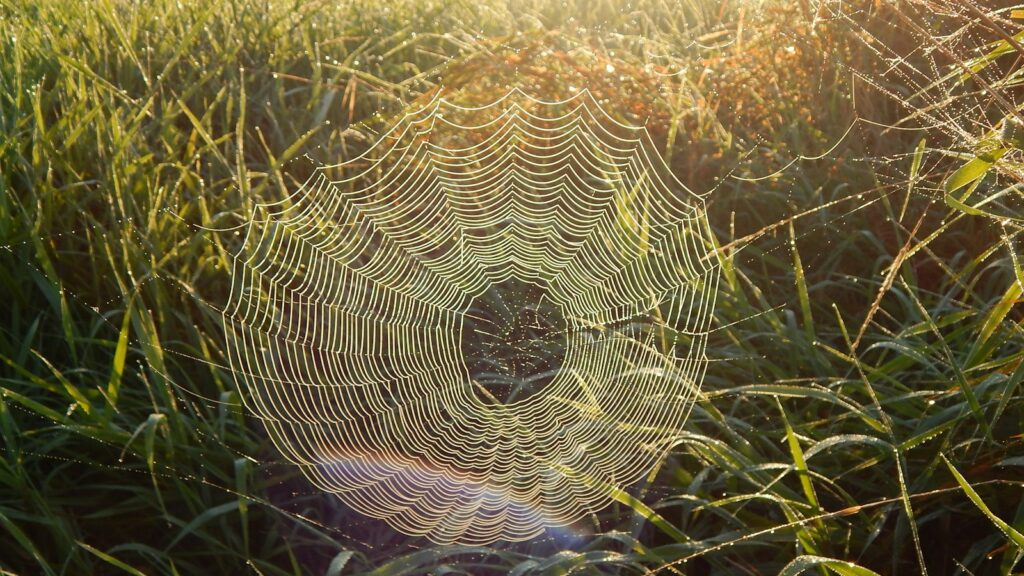
The acoustic properties of spider webs derive from their unique physical characteristics and architectural design. Spider silk is one of nature’s most remarkable materials, combining incredible strength with extraordinary elasticity and lightness. These properties make webs highly responsive to air vibrations across a surprisingly wide frequency range. Scientists studying web acoustics have discovered that different sections of the web respond to different frequencies, creating a kind of natural frequency analyzer. The radial threads—those running from the center to the edge—generally transmit lower-frequency vibrations, while the spiral catching threads respond more readily to higher frequencies. This differential response helps spiders distinguish between various types of sounds or movements in their environment. The tensioning of the web, which spiders actively maintain, further tunes this natural acoustic system to optimal sensitivity.
Converting Vibrations to Neural Signals
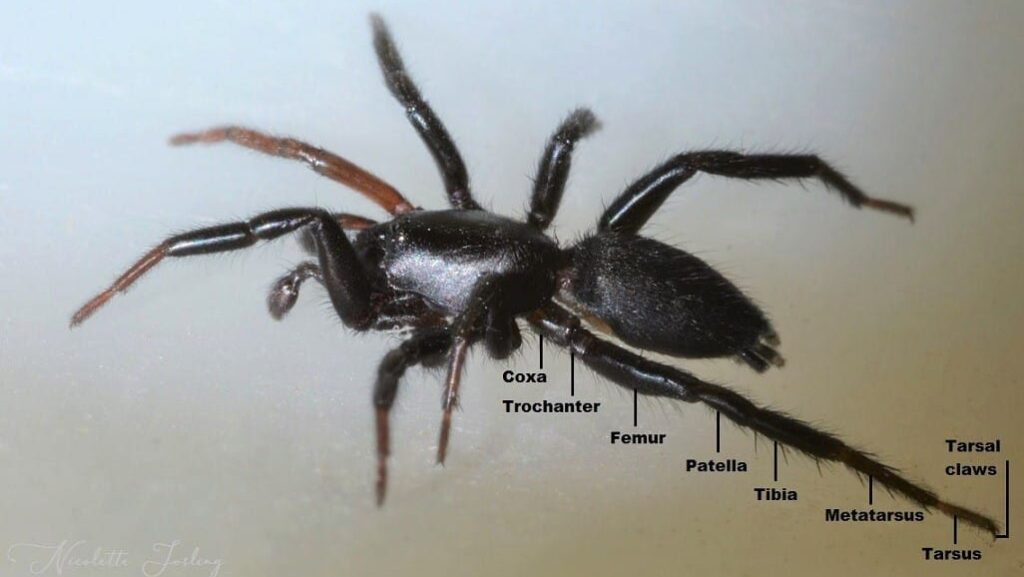
When vibrations travel through a web and reach the spider, a remarkable process of signal transduction begins. The vibrations are detected by specialized organs called metatarsal lyriform organs located primarily on the spider’s legs. These organs contain arrays of parallel slits of varying lengths that respond differently to vibrations of different frequencies and amplitudes. When stimulated, these organs generate neural signals that travel to the spider’s central nervous system for processing. Research using neurophysiological recordings has shown that spiders can distinguish between different vibration patterns with remarkable precision. This neural processing allows spiders to differentiate between the vibrations caused by prey, potential mates, predators, or environmental factors like wind or rain. The entire system represents a masterpiece of evolutionary engineering, converting mechanical energy into meaningful information.
Research Breakthroughs in Spider Hearing

Our understanding of how spiders use webs for hearing has advanced dramatically in recent years through innovative research approaches. In groundbreaking studies at Cornell University, researchers used laser vibrometry to measure the minute vibrations in spider webs exposed to different sounds. These studies revealed that webs vibrate in response to airborne sounds in predictable patterns that spiders can interpret. Other researchers have used sophisticated neurological techniques to record directly from spider sensory neurons while exposing them to different web vibrations. One particularly fascinating study demonstrated that jumping spiders, which don’t build capture webs, can detect airborne sounds from up to three meters away despite their tiny size. These accumulating discoveries have revolutionized our understanding of arachnid sensory capabilities, challenging long-held assumptions about what constitutes “hearing” in the animal kingdom.
Web Design and Acoustic Properties
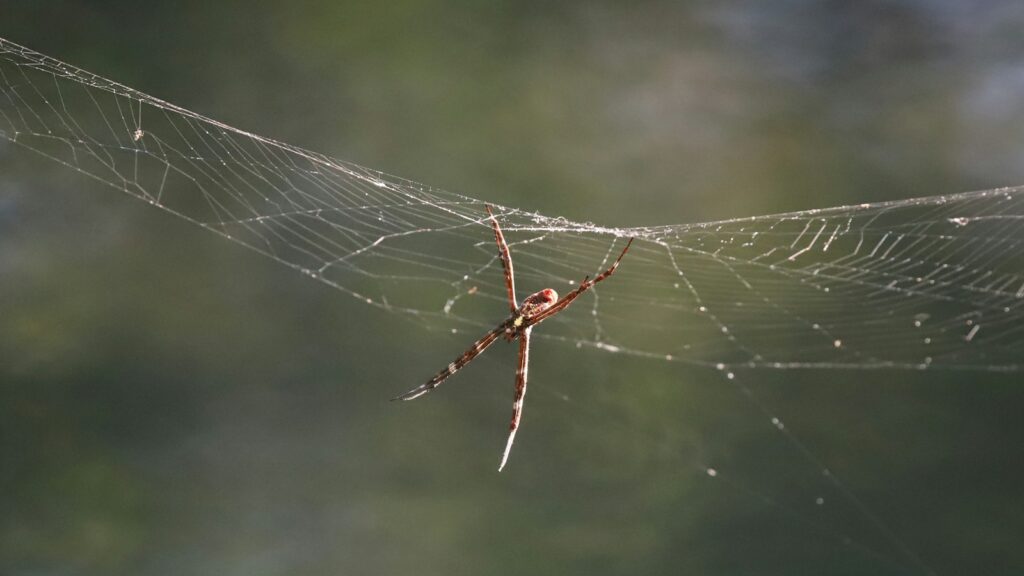
Different spider species construct dramatically different web designs, and these variations significantly affect their acoustic properties. The classic orb web, with its wheel-like structure of radial supports and spiral catching silk, excels at transmitting a wide range of vibrations to the center where the spider typically waits. Funnel webs, by contrast, consist of a dense sheet with a funnel retreat, creating different acoustic properties that emphasize vibrations coming from across the sheet surface. The irregular cobwebs built by black widows and relatives create a three-dimensional space that can detect vibrations coming from multiple directions. Research suggests that these different architectural approaches represent evolutionary adaptations to different hunting strategies and environmental niches. The specific silk types used in different parts of the web further tune its acoustic properties for optimal performance in the spider’s particular lifestyle.
Hunting Through Sound
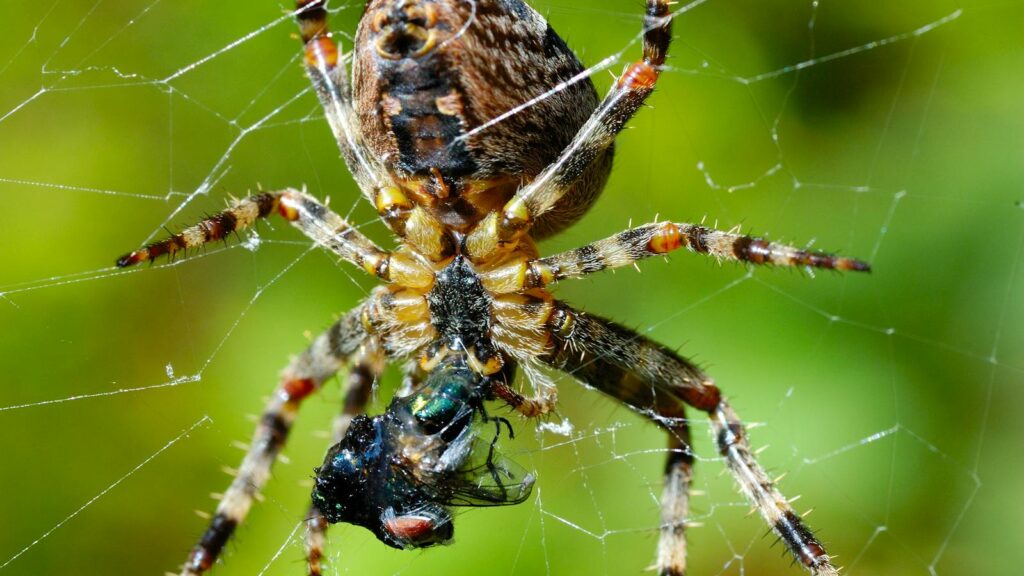
Spider webs serve as both capture devices and early-warning systems that alert their creators to potential prey. When an insect flies near or into a web, the resulting air vibrations and direct web disturbances create distinctive patterns that spiders can interpret with remarkable precision. Studies have shown that some spiders can determine not just the presence but also the size, type, and location of prey based solely on web vibrations. Certain orb-weaving spiders can distinguish between the buzzing of a trapped fly and the similar-sounding but distinct vibrations of an approaching wasp predator. This acoustic hunting strategy allows spiders to make crucial decisions about when to approach potential prey or when to remain hidden from threats. Some spiders have even been observed “plucking” their webs deliberately to gather acoustic information about captured prey before approaching it, demonstrating active use of their webs as sensory tools.
Communication Through Web Vibrations
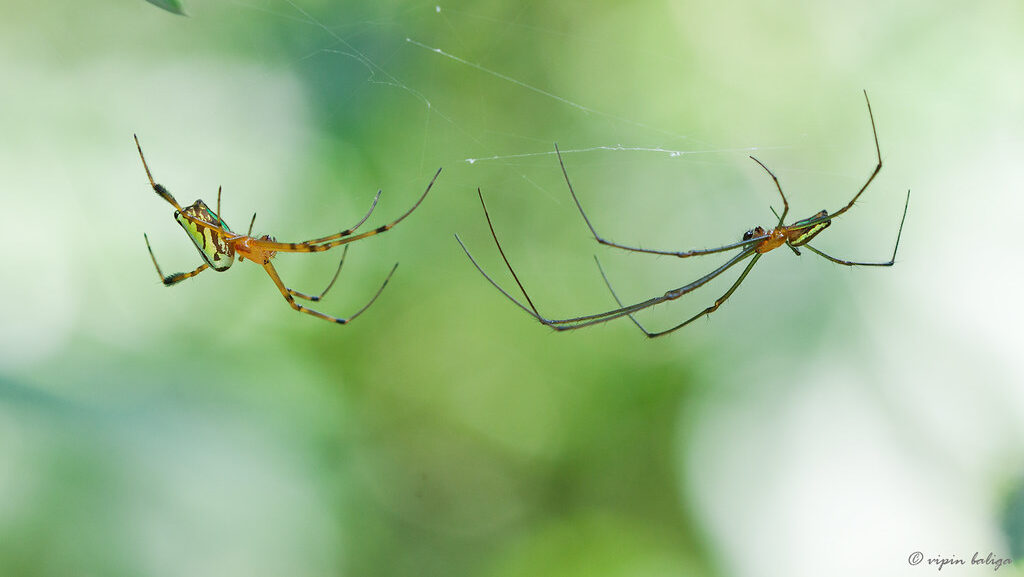
Beyond environmental awareness and hunting, spiders use web vibrations for sophisticated communication, particularly during courtship. Male spiders face a significant challenge when approaching females: they must identify themselves as potential mates rather than prey to avoid being eaten. Many male spiders accomplish this by creating species-specific vibration patterns on the female’s web, essentially performing a vibrational “song” that identifies them as suitors. These courtship vibrations differ significantly from the patterns created by struggling prey. Research using laser vibrometry has revealed these courtship vibrations to be complex patterns with specific rhythms and frequencies. Female spiders, in turn, can respond with their own vibration patterns, creating a sophisticated form of communication conducted entirely through the web medium. This vibrational communication system demonstrates how thoroughly spiders have integrated web acoustics into their behavioral repertoire.
Detecting Predators and Environmental Threats

The acoustic properties of webs provide spiders with an early warning system for approaching predators and environmental dangers. Birds, wasps, and other spider-hunting creatures create distinctive air vibrations that web-dwelling spiders can detect before the predator makes visual or physical contact. Many spiders have developed rapid escape responses to these specific vibration patterns, either dropping from the web on a safety line or racing to a hidden retreat. Beyond predator detection, webs also provide valuable information about environmental conditions. Approaching rainstorms create distinctive low-frequency air pressure changes that some spiders can detect through their webs. This sensitivity allows web-building spiders to reinforce their structures before severe weather or temporarily abandon exposed webs to seek shelter. The ability to “hear” these environmental cues through their webs gives spiders a significant survival advantage in unpredictable conditions.
Specialized Web Adaptations for Sound Detection
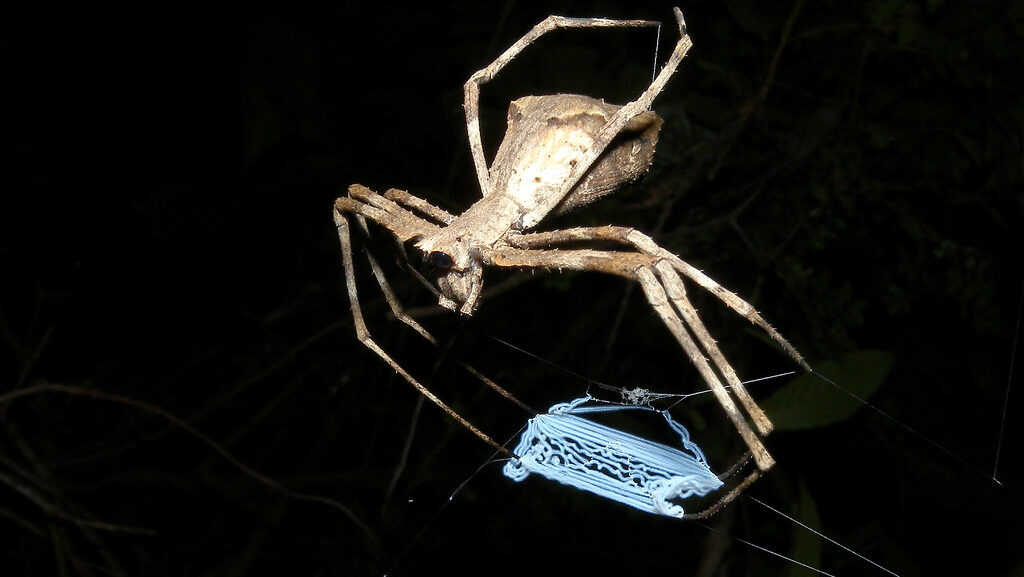
Some spider species have evolved specialized web structures that appear specifically adapted to enhance acoustic sensitivity. The ogre-faced spider (Deinopis sp.) constructs a small, specialized web held between its front legs that functions primarily as a sound detection device rather than a prey-capture tool. When this spider detects suitable prey vibrations through this “net,” it rapidly expands the web and drops it over the victim. Other species create “signal threads” extending from their main webs that serve primarily as vibration detectors for approaching insects or threats. The triangle weaver spider (Hyptiotes paradoxus) builds a triangular web section held under tension, which it releases like a bungee cord when prey contacts it. This unusual design appears optimized for both mechanical capture and vibration detection. These specialized adaptations demonstrate how web acoustics have been a powerful evolutionary force shaping spider behavior and web architecture.
Spider Hearing Compared to Other Animals
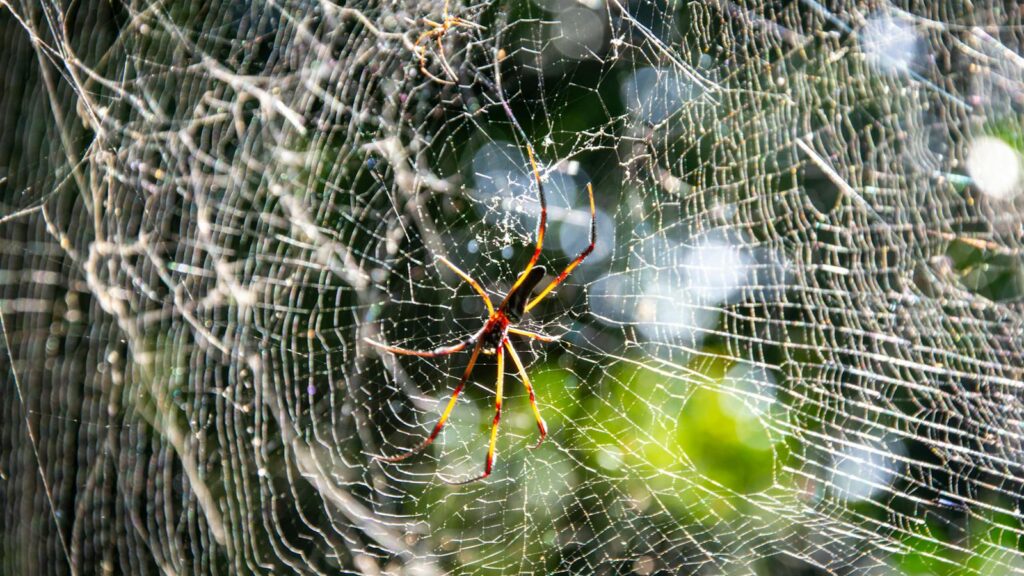
Spider “hearing” through webs represents a fundamentally different approach to sound detection compared to the auditory systems of most other animals. Unlike mammals with dedicated ears that detect air pressure waves directly, or insects with tympanal organs that function somewhat similarly, spiders use a distributed system that blends vibration sensing with an external physical structure. This approach to sound detection more closely resembles the lateral line system of fish, which detects water movements, than it does conventional hearing. The spider’s system is particularly remarkable for using an external, self-constructed structure (the web) as an integral part of the sensory apparatus. While human hearing is limited to a relatively narrow frequency range (roughly 20Hz to 20kHz), some spiders can detect web vibrations across a much broader spectrum, potentially including infrasonic and ultrasonic frequencies. This distinctive approach to auditory perception represents a fascinating example of convergent evolution addressing the universal need to detect environmental vibrations.
Technological Applications Inspired by Spider Hearing

The unique acoustic properties of spider webs have inspired various technological innovations across multiple fields. Engineers studying the vibration-detecting properties of spider silk have developed ultra-sensitive microphones and vibration sensors based on similar principles. These bio-inspired technologies have applications ranging from structural health monitoring in buildings and bridges to advanced hearing aids and acoustic detection systems. The military has shown interest in spider web acoustics for developing stealthy detection systems that can identify approaching vehicles or personnel through subtle vibrations. Medical researchers have explored applications in hearing implant technology, seeking to mimic the frequency-separation properties of spider webs to create more natural-sounding cochlear implants. Perhaps most futuristically, the distributed sensing approach of spider webs has influenced designs for smart material networks that could someday be integrated into clothing, buildings, or even human tissue for enhanced sensory capabilities.
Future Research Directions
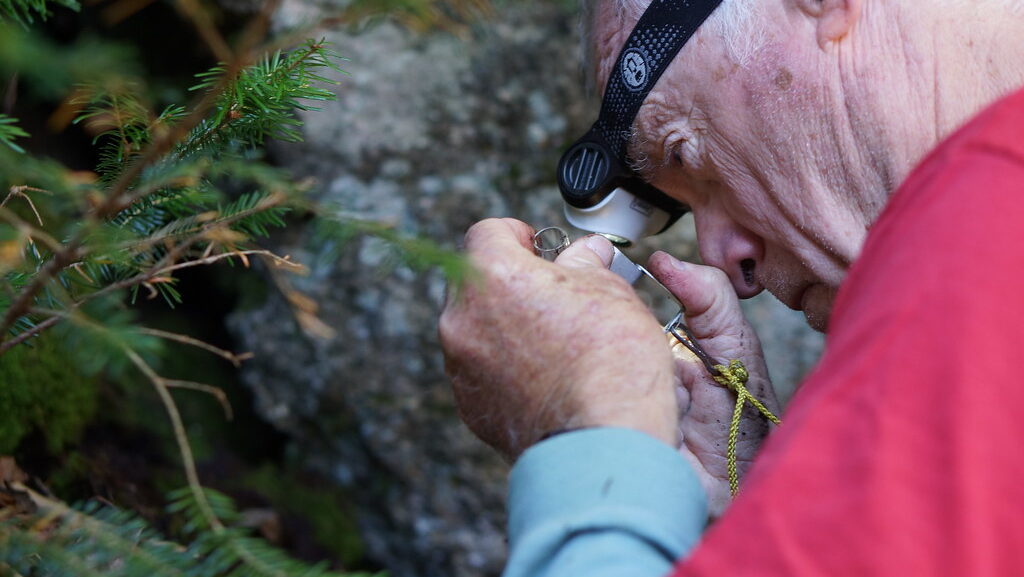
The field of spider web acoustics remains rich with unanswered questions that continue to drive research. Scientists are particularly interested in mapping the complete “acoustic world” that different spider species experience through their webs, potentially revealing sensory capabilities we haven’t yet recognized. Advances in neurophysiological recording techniques are enabling researchers to better understand how spiders’ central nervous systems process the complex vibration information received through their webs. Another exciting research direction involves the potential for spiders to detect airborne chemicals through their webs, as recent evidence suggests web silk may absorb certain volatile compounds that could provide additional environmental information. Comparative studies across the approximately 49,000 known spider species, many of which build dramatically different web structures, promises to reveal even more diversity in acoustic sensing strategies. As our understanding of these remarkable sensory systems grows, spider web acoustics will likely continue to challenge our conceptions of what constitutes “hearing” in the animal kingdom.
The discovery that spiders use their webs as ears represents a profound shift in our understanding of both arachnid biology and the broader concept of sensory perception in the animal kingdom. By transforming their silken creations into sophisticated acoustic devices, spiders demonstrate nature’s remarkable capacity for evolutionary innovation. These eight-legged architects remind us that sensory worlds can exist that differ dramatically from our own human experience, operating according to principles we’re only beginning to comprehend. As research in this field continues to advance, spider webs may well reveal even more secrets about the detection and interpretation of environmental vibrations. In the meantime, perhaps we might look at the humble spider web in the corner with newfound appreciation—not just as a hunting tool, but as an extraordinary example of a living being extending its sensory capabilities through the masterful manipulation of silk.
